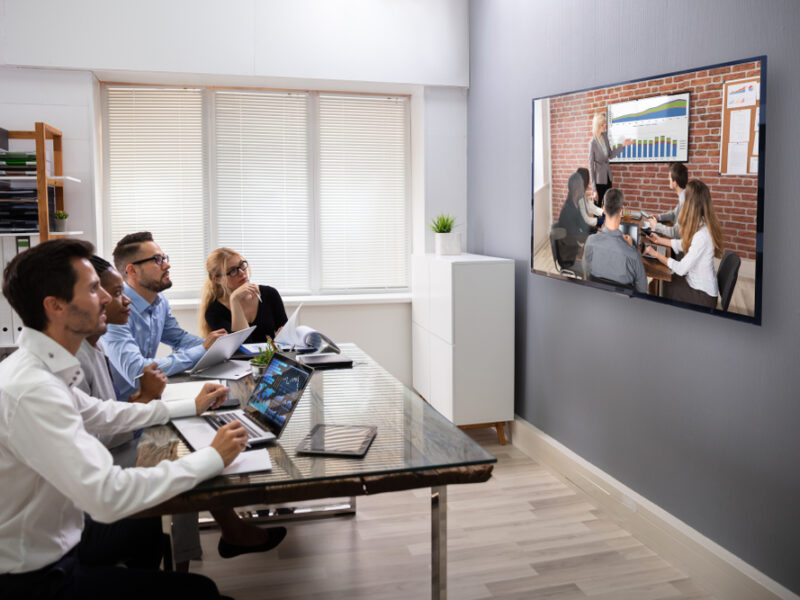Boredom is universal. So to avoid a bored audience, here’s a science-backed tip on how to time some contrast.
Even if you don’t believe in being bored (I count myself among those people), do you agree there are still moments when a situation is just…so…dull that it causes you to long for the exit?
This is what’s called situational boredom, which happens when the environment or activity is uninteresting or lacks engagement, leaving us mentally stuck, despite having the capacity for interest.
If boredom is universal:
As a presenter or speaker, how often should we change up what we’re doing, to keep our audience engaged?
Is there a formula or a recipe?
Yes, there is. And although our attention spans shrivel, and there are many nuances to this topic, there’s a broad rule which still seems to apply.
Thinking about being in the audience for a presentation or public talk: we get bored when we’re either under- or over-stimulated.
Which is tough, considering that many business presentations seem purpose-built for both these issues – for example, under-stimulation through poor-quality:
- Thinking time prior to the event.
- Reasons to care about what’s on offer.
- Clarity-level.
- Delivery style.
Or over-stimulation – for example through:
- Too much text on slides.
- Too rapidly changing slides or ideas.
- Overly complicated charts.
- Too many visuals.
Flipping to your audience or customer…when they’re bored with your presentation or offer, of course they’ll disconnect. Which leads to low engagement, low loyalty, and eventually, a drift away from your message, or even your business.
What’s the formula then?
To keep an audience engaged during a presentation, it’s generally recommended to mix up content and information every 10 minutes.
I first read about this in the book ‘Brain Rules’ by John Medina, a developmental molecular biologist.
Our attention spans typically start off perkily but start to drop off almost immediately, plummeting within each 10-minute time-frame.
So introducing a change—whether it’s switching to a new topic, using a different format (like a video or interactive poll), or asking the audience a question—helps reset our focus.
Here are some ways to mix things up:
- Switch visual aids: Transition from slides to a video or chart.
- Interactive elements: Include a quick poll, ask for audience input, or pose a question for your audience to discuss in pairs.
- Storytelling: Share a relevant story or anecdote to break up more data-heavy parts of the presentation. Keep it brief – I recommend no longer than 60 – 90 seconds. Longer than that, the content and your delivery had better be amazing!
- Movement: If you’re presenting in person, move around or change where you’re speaking from.
Keeping variety within this 10-minute window helps maintain audience engagement and prevent their attention dropping off a cliff.
Which if we’re looking for results, matters more and more.
For other tips on keeping audiences engaged, you might like The Best Tool to Engage an Audience?
Or The Audience Takes its Cue From You
Best wishes with your speaking, presenting or influencing!




